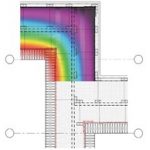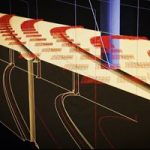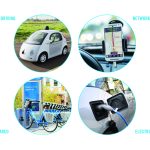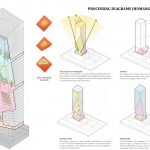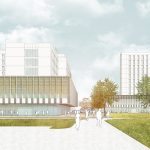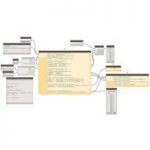
Extracting data out of AutoCAD through Excel, recreating polygons based on imported curves, and then modeling from these polygons is an efficient and easy-to-understand method to convert AutoCAD elements to Revit. Due to the different element-specific conditions, eg. modeling columns and rooms from imported curves are two different mechanisms, each scenario shall be categorized and... Read more »


